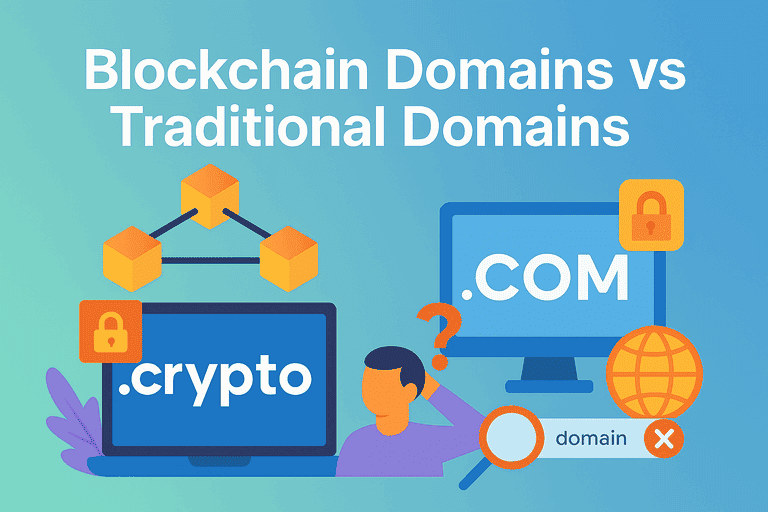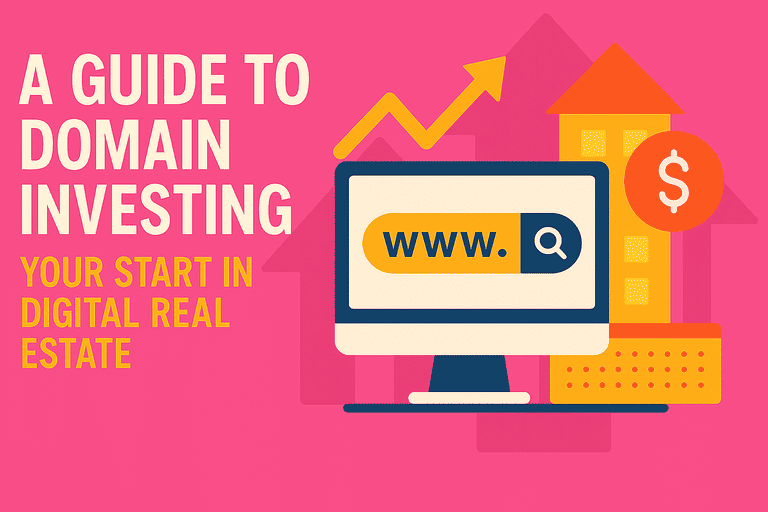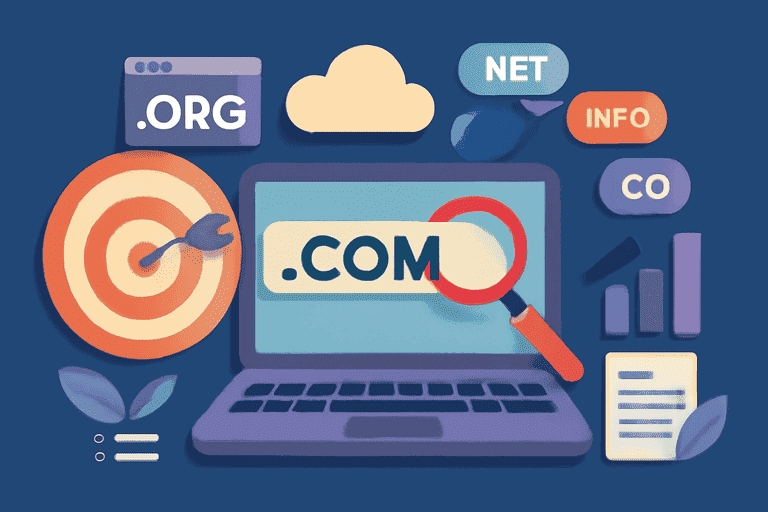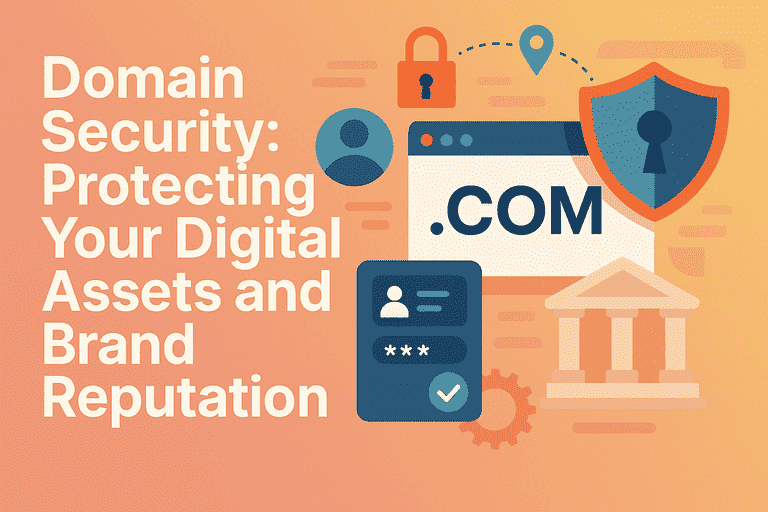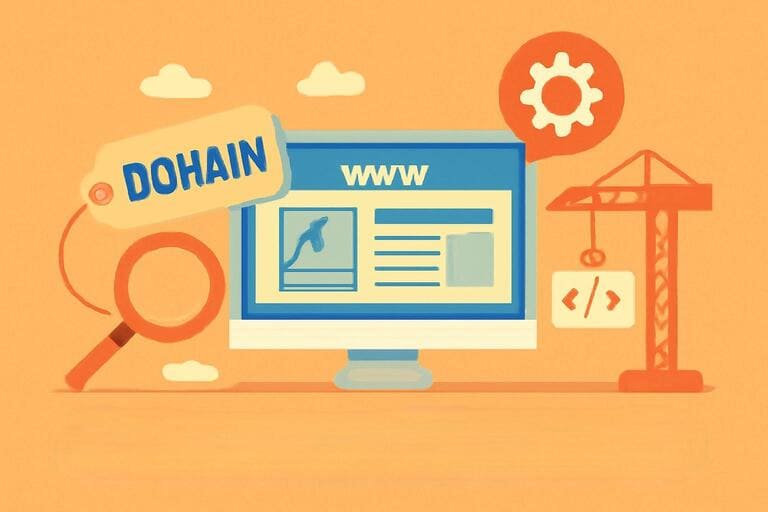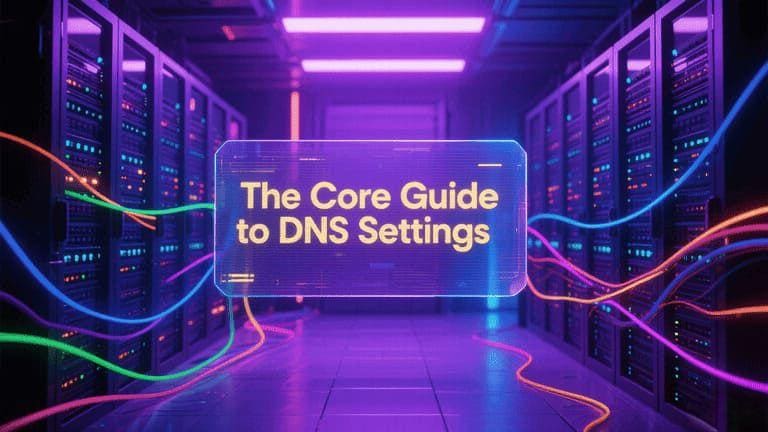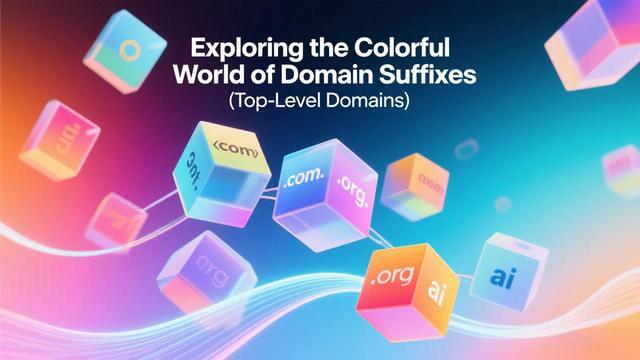Discovering that your perfect domain name is already registered isn’t the end of the road. It simply means you’ve entered the secondary market. Domains are digital assets with a mature ecosystem for buying and selling. This guide will walk you through the process of acquiring a registered domain, ensuring the entire transaction is smooth and secure.
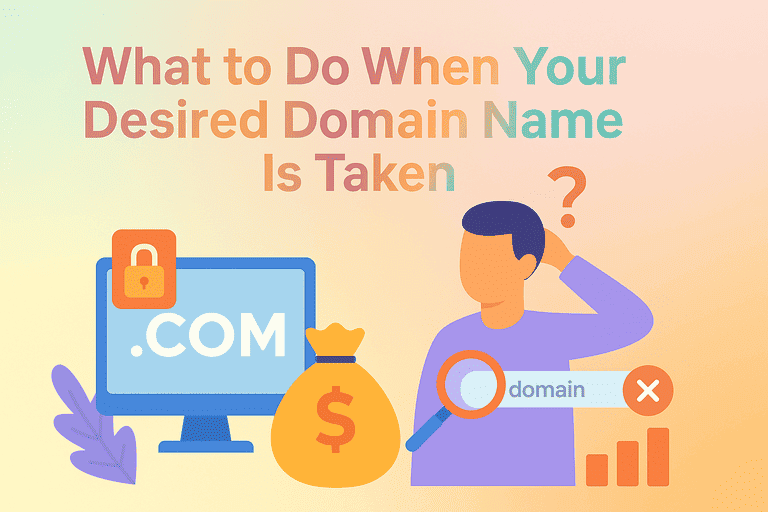
How to Buy a Domain That’s Already Registered
The most common method is to purchase the domain directly from its current owner. This process typically involves three steps: inquiry, negotiation, and using a broker.
- Step 1: Inquiry First, you need to find the owner’s contact information. A WHOIS lookup tool (like
whois.comor the one provided by your preferred registrar) is the place to start. However, due to privacy protection, the owner’s direct email is often hidden. In that case, you can try:- Visiting the domain: Many domains for sale display a landing page with a “For Sale” notice and a contact form or link.
- Using the privacy-protected email: Even if the email address is masked for privacy, sending a message to it will usually forward your inquiry to the actual owner.
- Hiring a domain broker: For high-value domains, a professional broker can contact the owner on your behalf.
- Step 2: Negotiation Once you’ve made contact, the negotiation begins. You need to show genuine interest and make a reasonable offer.
- Don’t reveal your maximum budget: In your initial message, it’s better to ask for their price (“Are you open to selling example.com? If so, what is your asking price?”) rather than making the first offer.
- Do your homework: Research recent sales of similar domains to back up your offer with data.
- Be patient and polite: Domain negotiations can take time. Maintaining a professional and courteous tone is crucial.
- Step 3: Hiring a Broker For high-value domains (typically those worth thousands of dollars or more), using a domain broker is highly recommended.
- Advantages: Brokers have extensive negotiation experience and industry contacts. They can approach the seller anonymously for you, often securing a better price, and they handle the entire transaction process.
- Fees: Brokers typically charge a commission of 10%-20% of the final sale price.
- Well-known Providers: Major platforms like Sedo and GoDaddy offer professional brokerage services.
Domain Auctions: Winning Your Domain in a Competitive Bid
Auctions are another primary channel for acquiring great domains. There are two main types:
- Expired Domain Auctions: When a domain expires and the owner doesn’t renew it, it eventually goes to auction after a grace period. This is a great way to find undervalued gems, as you can acquire a potentially valuable domain starting at a low bid. GoDaddy Auctions is the largest platform for expired domains.
- Marketplace Auctions: Domain owners can proactively list their names for public auction. This method is transparent, but the competition can be fierce.
When participating in an auction, always set a maximum bid for yourself beforehand to avoid getting caught up in the moment and overpaying.
“Buy It Now” Marketplaces: For Quick and Easy Sales
If you want to avoid lengthy negotiations or competitive auctions, “Buy It Now” (BIN) marketplaces are the fastest and most straightforward option.
On these platforms, sellers list their domains at a fixed, non-negotiable price. You can purchase the domain instantly, just like buying a product from an online store.
- Pros: Fast, convenient, and the price is transparent.
- Cons: Little to no room for negotiation, and prices are often higher than what you might achieve through a direct deal.
- Major Platforms: Sedo, Afternic, Dan.com, and most major registrars have extensive BIN marketplaces.
The Secure Transaction Process: Ensuring a Safe Exchange
No matter how you buy, security is paramount. The core mechanism for a safe domain transaction is a third-party escrow service. Its job is to ensure the seller gets paid and the buyer gets the domain.
A standard, secure domain transaction follows these steps:
- Agreement: The buyer and seller agree on the price.
- Buyer Pays Escrow: The buyer submits payment to the trusted third-party escrow platform (like Escrow.com or the marketplace’s built-in system).
- Payment Secured: The escrow service confirms it has received the funds and instructs the seller to transfer the domain.
- Seller Transfers Domain: The seller either “pushes” the domain to the buyer’s account at the same registrar or provides an Authorization Code (Auth Code) for the buyer to initiate a transfer.
- Buyer Confirms Receipt: The buyer confirms they have received the domain in their account and have full control.
- Seller Gets Paid: The escrow service releases the funds to the seller.
Key Takeaways:
- Never send money directly to a seller you don’t know!
- Use major, reputable marketplaces whenever possible. Platforms like GoDaddy and Sedo have built-in, secure escrow processes.
- For private sales, always insist on using a trusted, independent escrow service like
Escrow.com.
By following these steps, you can significantly reduce risk and safely acquire the domain name you need.

